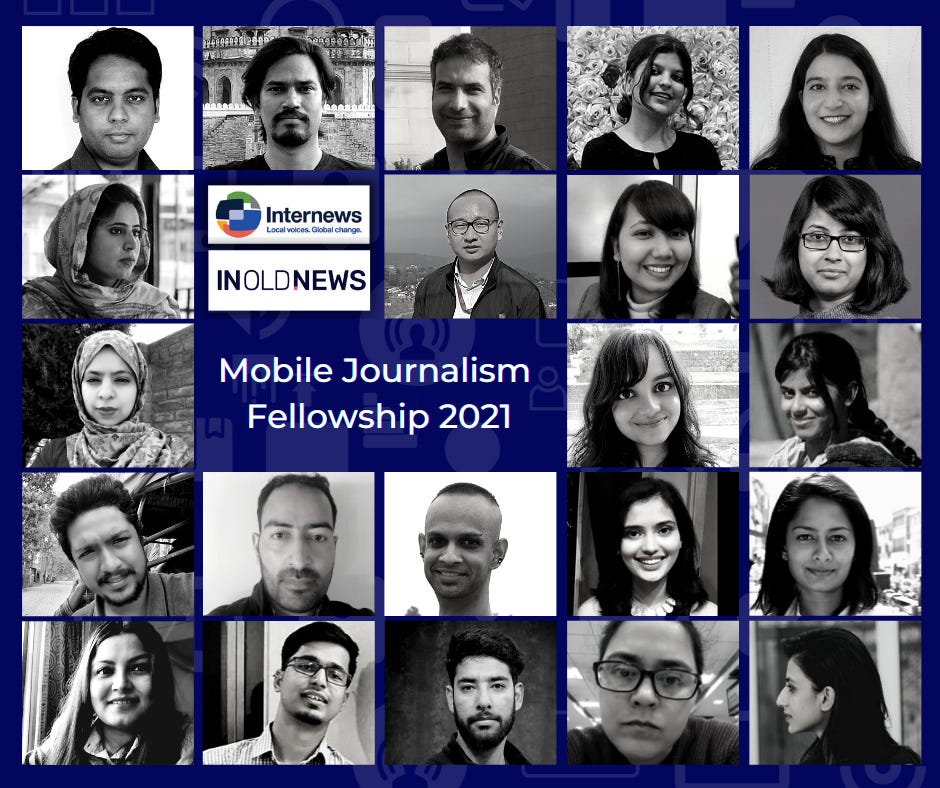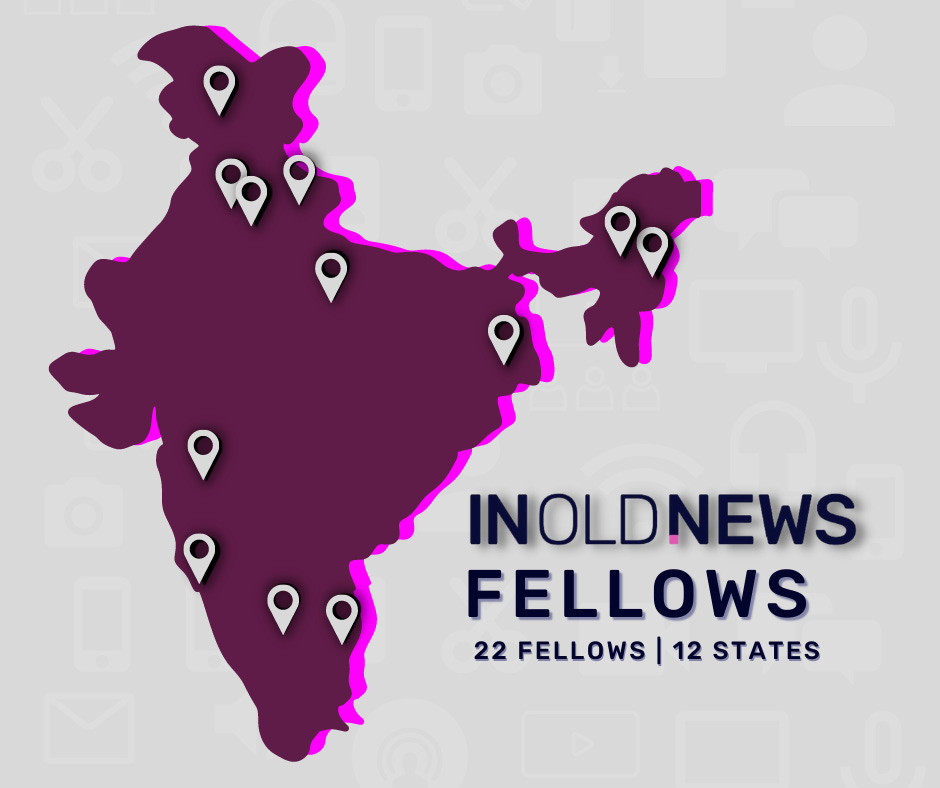[Disclaimer: Copyright Laws, especially regarding media used online, often operate on a case by case basis. While most copyright claims are assessed on individual merits of the situation, these are some good practices that may help reduce confusion.]
When creating video reports and stories, it's pertinent to have images, visuals and sounds that are shot for the purpose of the said report. But many times—especially in times like now when a pandemic has made stepping outside the house an unfathomable thought—that may not be possible. However, the show must go on.
There are a plethora of websites and online resources that let you use images and videos without laying any copyright claims (though in some of these cases, attribution is a necessity. Always make it a point to check the requirement appended with the sourced media before using it). The general grey area, however, is social media. Can you freely borrow content from social media channels? Can you use this media in your own reports? While there is no foolproof answer, you can use media from official channels by being mindful to not violate some basic rules derived from Section 52 of India’s Copyright Act, 1957. Every country has their own version of copyright laws.
To use media from other channels in your own report you must be careful to stay within the limit of "fair use." Though fair use is not concretely defined, playing safely within its accepted boundaries is considered best practice. Here's a quick list of things to keep in mind:
- Always attribute the source: while attribution is not a substitute for permission, sufficient acknowledgement of the original source in order to report and spread awareness can help. It also makes your sourcing transparent and helps you trace back the origin of media or information.
- And so, just like journalists seek permission before recording an interview, seeking express permission to use someone else's work for your own report and stories is considered a good practice.
- Ensure the media you're borrowing from someplace else is genuinely important for your report. If it's only serving an ancillary purpose like making your report more visually attractive, you may want to reconsider borrowing media. Use stock visuals instead, when possible.
- Media from authorities and regulators (eg. elected officials, ruling parties, ministries…) is often issued in the public interest. Which means that it falls under the fair use policy and can be used with attribution.
To continue to stay on the right side of the law and best practice, and to thereby avoid any/all legal complications, it's necessary that proper scrutiny is exercised while using media from the internet for public and commercial purposes. Stay vigilant. Happy reporting.

Meet the new In Old News Fellows
This round of the Mobile Journalism Fellowship supported by Internews welcomes 22 fellows from 12 states across India. The latest group of fellows are now working on honing the skills required to shoot, edit and publish stories from their phones. Over the period of three months, fellows will participate in sessions that will cover the technical and practical aspects of the medium.



- Global Voices is looking for an Asia-Pacific-based English language sub-editor to work roughly half-time (around 80 hours a month). Details, here.
- BBC is looking for a Senior Journalist (Chief Sub Editor) - India English Online. Applications close on May 30th.
ABOUT THIS NEWSLETTER
This newsletter is an attempt to keep up and share all the latest and greatest stories in media and how they get done. Read about it here: About In Old News-Letter. And if you were forwarded this newsletter, here’s how you can sign up to get the latest editions as they come out!
